
Vladimir Logutov: “An idea is a feeling to see, to realise, to get rid of”
For many years, Vladimir Logutov had been creating exclusively video works, but now he doesn't limit himself to one medium, combining curatorship and personal creative practice. In this interview, the artist talks to us about his landmark projects, his new working methods, his friendships with other artists, and how ideas come to life and become exhibitions.
Tell us, how it all started? When did you realise you were an artist?
When I was a kid, I was a mathematician and clearly better at the exact sciences than at the humanities. I went to art school, but not all people who go there become artists. I actually came to realise that I wanted to do art when I met an artist who influenced me a lot at the time. I was 15 years old and he must have been 95 – that's a big age difference. The artist's name was Ivan Karpunov and he introduced me to modernism, its history and the essence of modernist art. He would show me catalogues of reproductions of artists whose works I hadn't seen, and probably couldn't have even casually encountered at the time. Very often he would add a very detailed and fascinating commentary on the artist's process and vision of the world. Since then I no longer doubted that I wanted to be an artist. I went through all the stages of traditional art education that were possible at the time: school, college and university. I studied art for half of my conscious life.
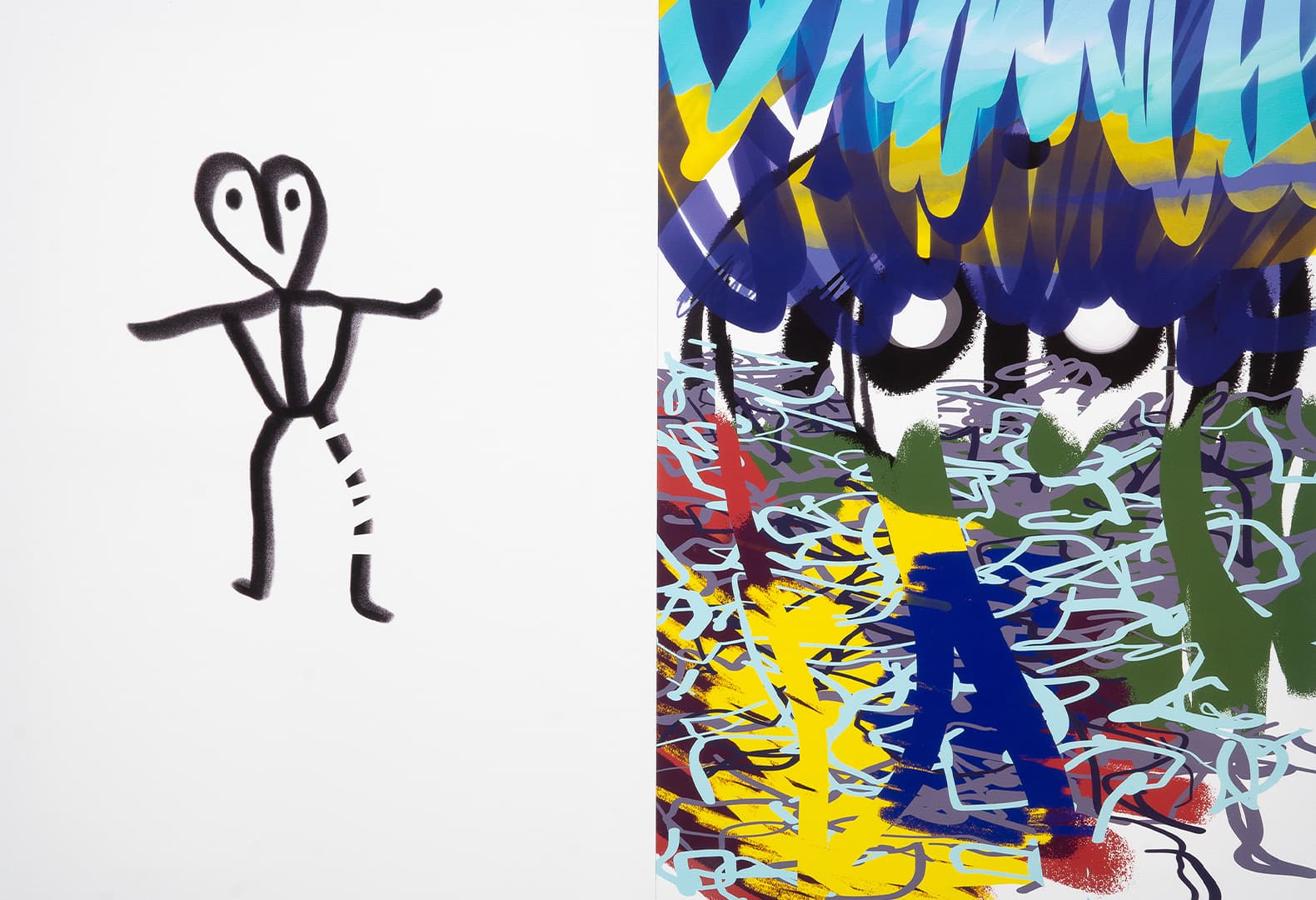
From the project “Vladimir Logutov's Open Workshop”, 2021. Canvas, digital graphics, inkjet printing. 70 cm x 100 cm
For the last few years you have been working on a series called Meetings. What is this series about?
Meetings is a grand-scale project (in terms of its duration), comprising several very different series of works and different exhibitions. But all of these lines were united by the phenomenon of the spectator's encounter with an artistic situation or the life cycle of a work of art. The project was realised in different ways and created in different mediums, but predominantly in the form of a painting. It is about the moment of encounter between the viewer and the work of art, about the meanings that arise at the moment of that encounter, and about the ways in which they interact.

VIDEO FROM THE “NEXT LEVEL” PROJECT, 2016-2017. HD VIDEO. LOOP
In September at the Sphere Foundation, you had a solo exhibition called Vladimir Logutov's Open Workshop. Tell us about it.
It was really more of an open workshop than an exhibition. The idea was to work in the studio for a while, to revise my own artistic methods and implement new ideas, refining them to a certain stage. And then turn it all into a show for professionals in Open studio format, when artist friends and critics come to discuss the work. I wanted to document the intermediate stage of the work before embarking on the next big project. And so it happened – the event resonated within the professional community. We had many meetings and discussions, which resulted in a large series of video clips of selected highlights from the meetings and discussions. You can watch the clips on the Vladimir Logutov Studio YouTube channel.
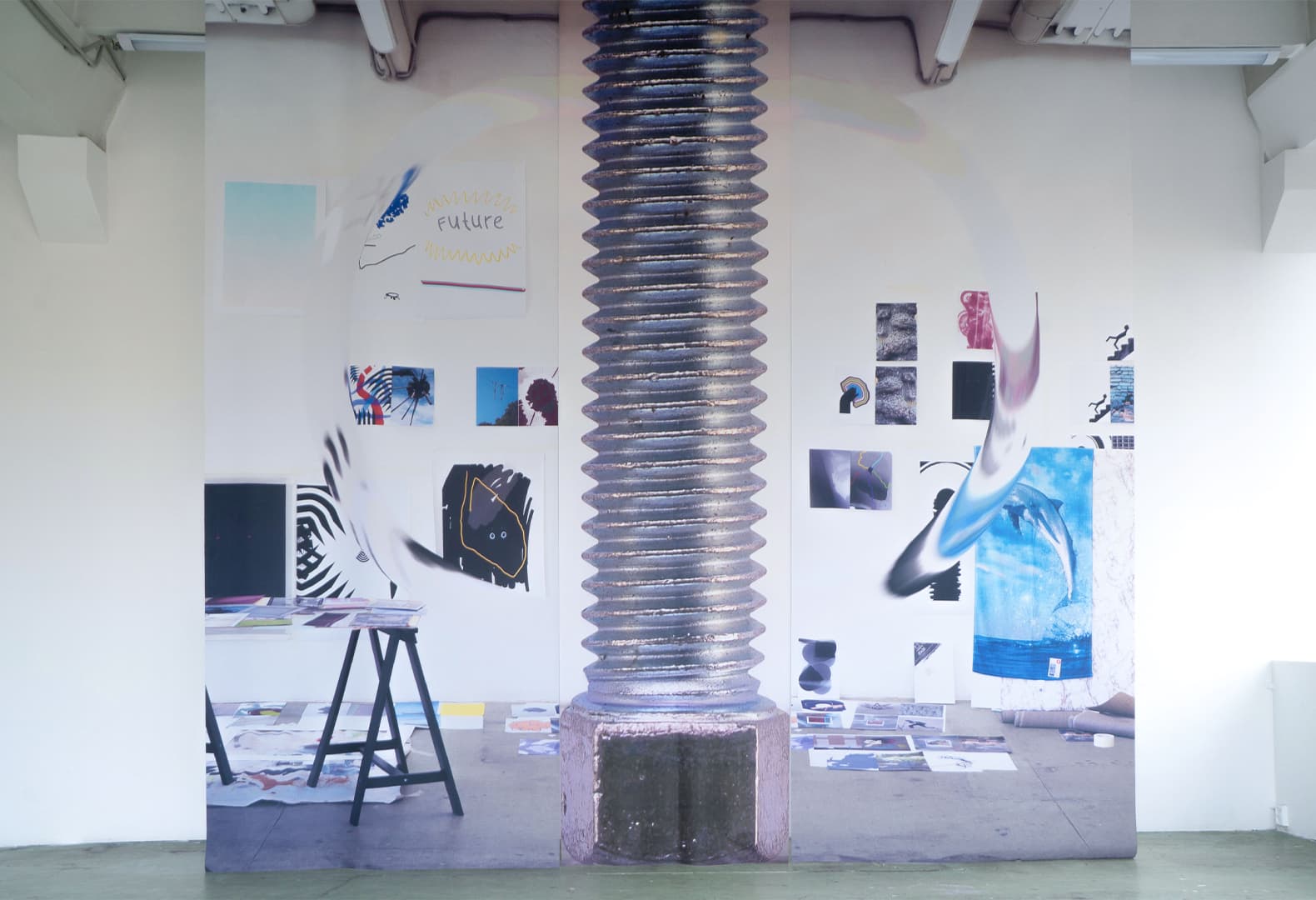
From the project “Vladimir Logutov's Open Workshop”, 2021. Sublimation printing on veil. 400 cm x 400 cm
In that exhibition, your works are perceived as a fold-out of two pages of a book. How do you think combining two different images affects the viewer's perception?
A couple of years ago I came up with the idea of making a book, mostly visual, and I'm working on it in parallel in the background. So, a book is almost always a spread of two pages. I've been thinking about this format (two images next to each other) for so long that it has intuitively carried over into creating artworks. At some point I started to "collide" images, often created in different ways: abstract painting and photography or digital graphics and a scan of some texture, ready-made textiles and figurative painting and so on, in every possible combination. I am interested in the effect produced by this juxtaposition. It is as if they (the juxtaposed images) start to comment on each other, to give each other a mode of perception, to shade or explain each other, always in a different way. Sometimes I have even combined three or more of these rectangles in the same body of work. I love this method of work now. It gives me incredible possibilities and opens up ways to develop in search of images that I can't get through traditional means. I had a similar operation in Meetings. There I "depicted a painting", that is I put it inside another painting, thereby setting a distance between the real spectator and the painting, by mediating by the context of the situation of the being in the painting of the work that is inside. And here I create the same distance between the viewer and the individual image by adding a second, quite different image, which begins to complement and shade it, giving it volume.

From the project “Vladimir Logutov's Open Workshop”, 2021. Canvas, acrylic, marker, digital graphics, inkjet printing. 70 cm x 100 cm
Does the rich and deep interaction between the individual viewer and the work of art still matter, or has this depth vanished in the modern world?
Now, in most cases, we see and come into contact with art through the membrane of the screen, in one way or another through some "intermediary". The pitch, the accents, the intonations, the attitude – that's what the intermediary creates. This is what the Meetings project was about, and this is what dictated the choice and development of my new method of working with paired images. In both cases, I am creating an "intermediary", a kind of mediation between the viewer and one particular image, a kind of "next level of perception". In the case of Meetings, it is the situation in which the image is placed. And in the case of the paired images, one seems to comment on the other, influencing the viewer's perception. I try to recreate this contemporary situation of mediated perception through artistic language in different ways, resorting to different artistic operations.
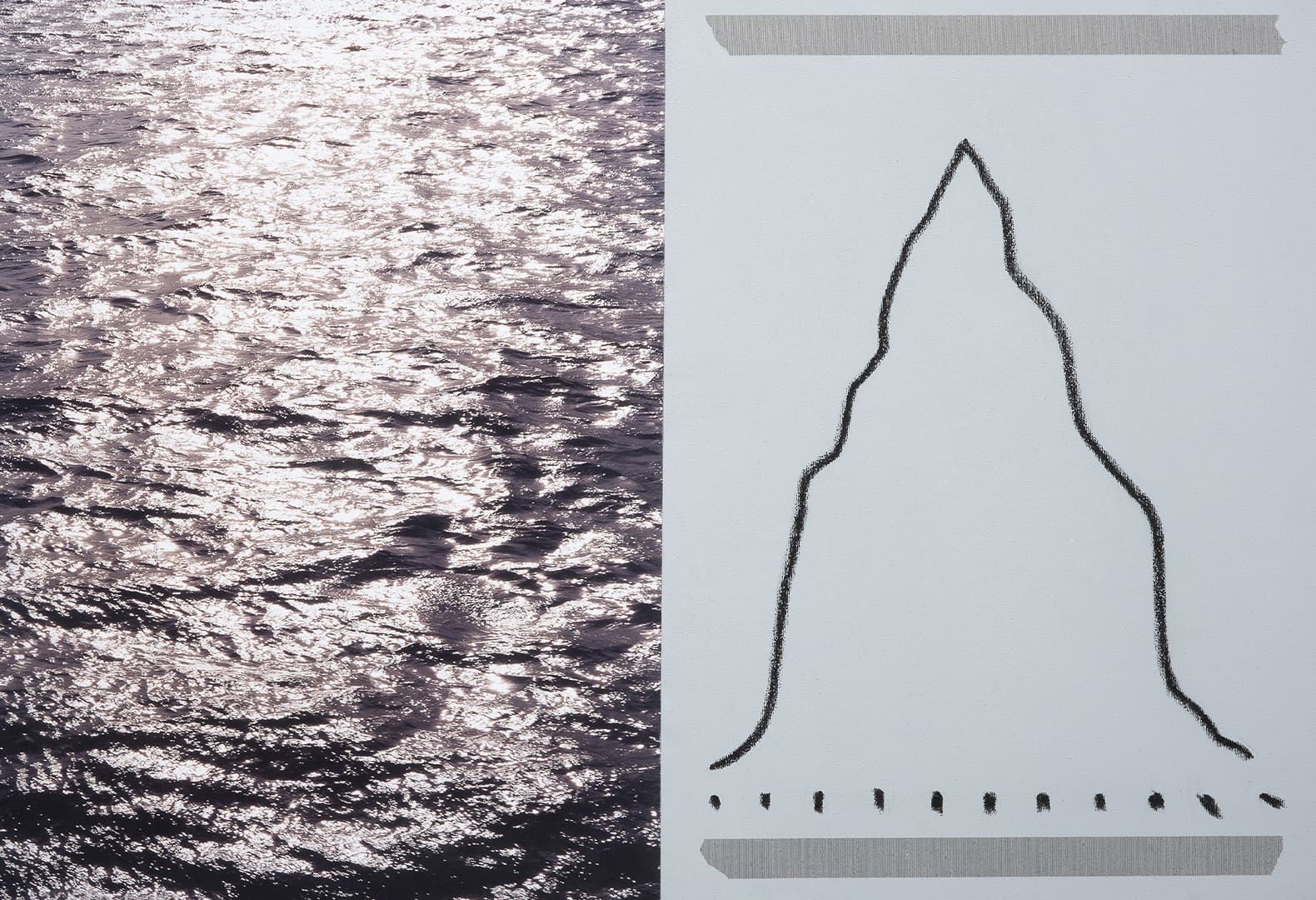
From the project “Vladimir Logutov's Open Workshop”, 2021. Canvas, acrylic, oil pastel, inkjet. 70 cm x 100 cm
Which artists are you friends with? Which personalities are you close to in general?
With very different ones. It's useful to have friendships and conversations with very different artists who use different artistic strategies. It's like looking from different perspectives; you get a greater breadth of perception. So among the artists whom I keep in contact with, there are those who work in traditional mediums, those who try to be at the forefront of artistic processes and even those whose art I might not even understand. There can be interesting dialogue and heated debates about art here.
When you are working, do you think about how to please the viewer, make a successful exhibition, get collectors interested and sell your work?
There are different stages in the process of work. At some of them I don't think about anything, I act intuitively. At others I think about the modes of interaction between the viewer and the work, about the artistic situation that might occur at the moment of their encounter. But this is not thinking about liking/disliking, rather about how this machine (a particular work of art or artistic situation) works, what happens at the level of production of meaning, the generation of meaning. These stages are mostly concerned with the design of the exhibition situation or the choice of mediums and their relations with one another. And in the moments of creating a piece, in most cases, it is pure intuition.
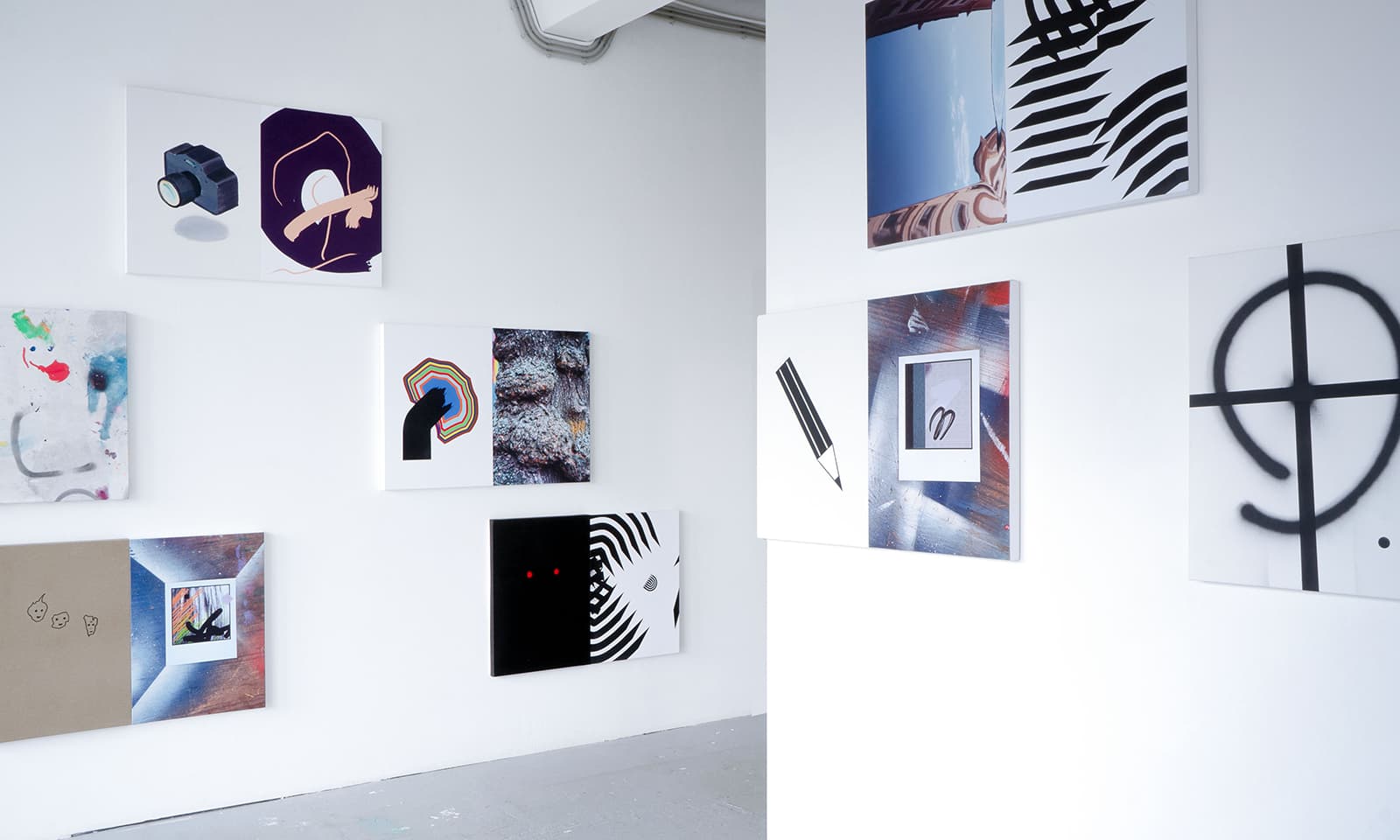
VIEW OF THE EXPOSITION OF THE PROJECT “Vladimir Logutov's Open Workshop”
Has the epidemic, and self-isolation in particular, affected the structure or organization of your work and creative process? Your sense of self?
The process of producing artistic images and producing physical objects wasn't particularly affected. I mean, artists sit and work in the studio, so the way of life is not much different. However, the structure and form of representation of art is certainly affected, and it greatly accelerates the processes of digitalisation and mediation I mentioned earlier.
How do ideas become exhibitions?
I can call an idea a feeling that doesn't leave you, a certain sense of image that lives with you for a while, in your head, and you need to realize it, see it, get rid of it. Then you can make painful attempts to materialise it in the wrong medium (method). But if the method, medium is found or chosen correctly, it's usually easy. Of course, not without challenges, but still. And an exhibition is generally a form of representation of a work of art that is not strictly necessary and not always the most profitable. Then again, it all depends on the medium and the situation in general, on the artistic task. It can be a book, it can be a film or a legend, it can be anything – art is multifaceted.
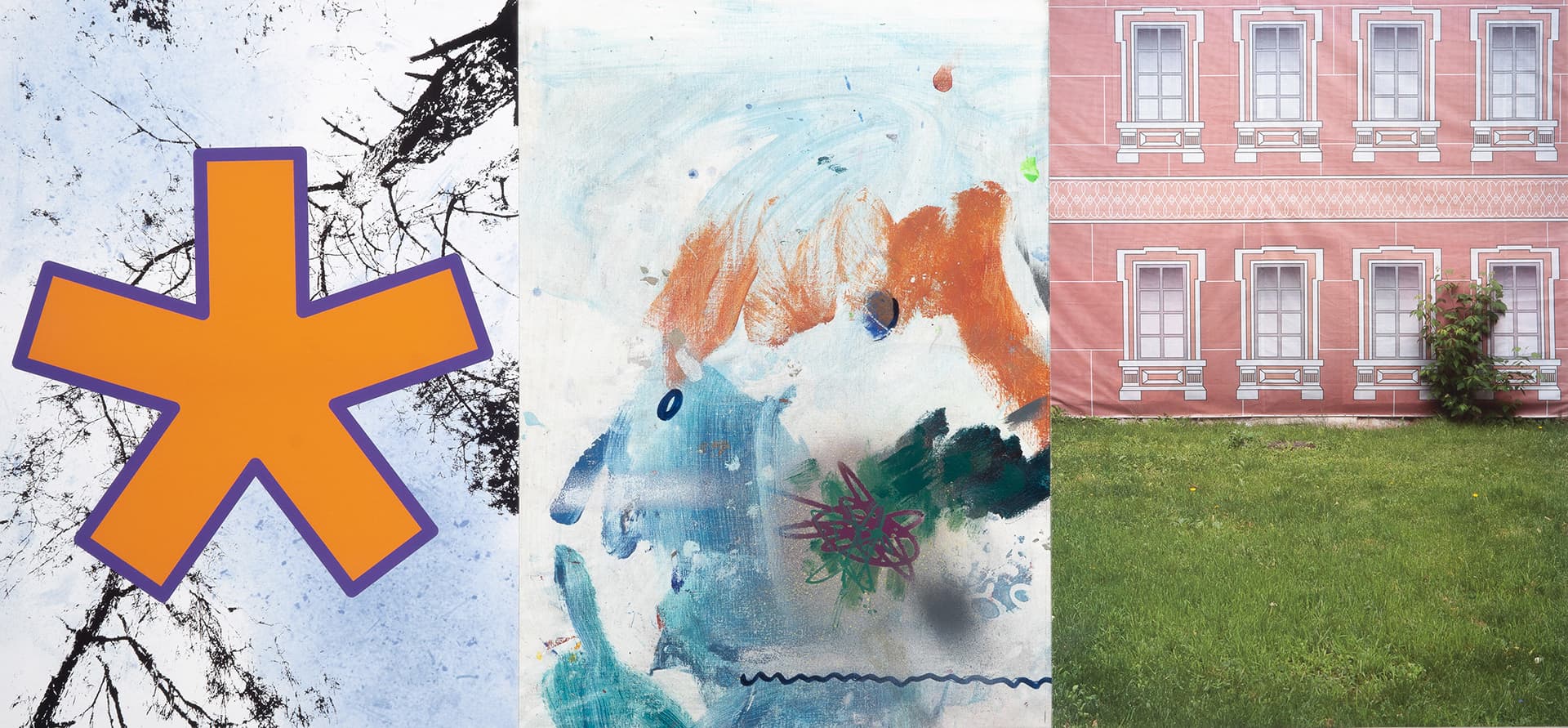
From the project “Vladimir Logutov's Open Workshop”, 2021. Canvas, acrylic, marker, digital graphics, inkjet printing. 70 cm x 150 cm
Does the intersection of curatorship and personal art practice broaden or dissipate your focus?
It broadens the vision and the artistic strategy in general, I think. Now, after some time, I see that, for example, the Meetings project was born under the influence of my curatorial practice. It is essentially this kind of curating of an exhibition within one's own painting. It also gives a greater understanding of how the work functions in the cultural environment as a whole.
Can internet platforms provide the viewer with an experience equivalent to that of an exhibition space?
It depends on the work, the artistic situation, and the artistic tasks the author has set for himself. To reiterate: the representation of artistic actions is not only possible in the traditional form of an exhibition, which has its pros and cons. It is only one form of contact with the viewer. For the perception of some types of artistic works it is necessary to be in front of them physically, while for others it may be even more advantageous to be mediated by a document. Needless to say, even in the history of art we know many "works without an exhibition". For instance, the famous Duchamp urinal, which is regarded as one of the turning points in the history of art a century ago, was never exhibited and existed only in the form of documentation. And if we look at contemporary art we can see the same variety of forms and ways of embodying artistic ideas as the forms of their transmission and representation. So it is not a question of what is better or worse, it is the choice of the artist, of the curator, part of the artistic strategy.

VIEW OF THE EXPOSITION OF THE PROJECT “Vladimir Logutov's Open Workshop”
Between 2005 and 2010, you worked a lot with video. Why later have you shifted predominantly to painting and the object?
Yes, indeed, my artistic career began as a video artist career, and for many years I was known solely as a creator of video works. The choice of another medium came out of the new artistic challenges I was facing at the time. In 2013, I started the Meetings project, and although there were videos as well, it was mainly about the painting – as the most common museum exhibit, the kind of object with which everyone associates visual art in general. And, accordingly, since the project is about a painting, I chose to bring these things to life in the form of paintings, these kinds of paintings about paintings. Besides, I have always been involved in painting, I have a background as a painter, and before the video I worked specifically in painting and drawing for many years. But film or video as a medium is still for me the most promising and not fully exhausted, it offers so many possibilities.
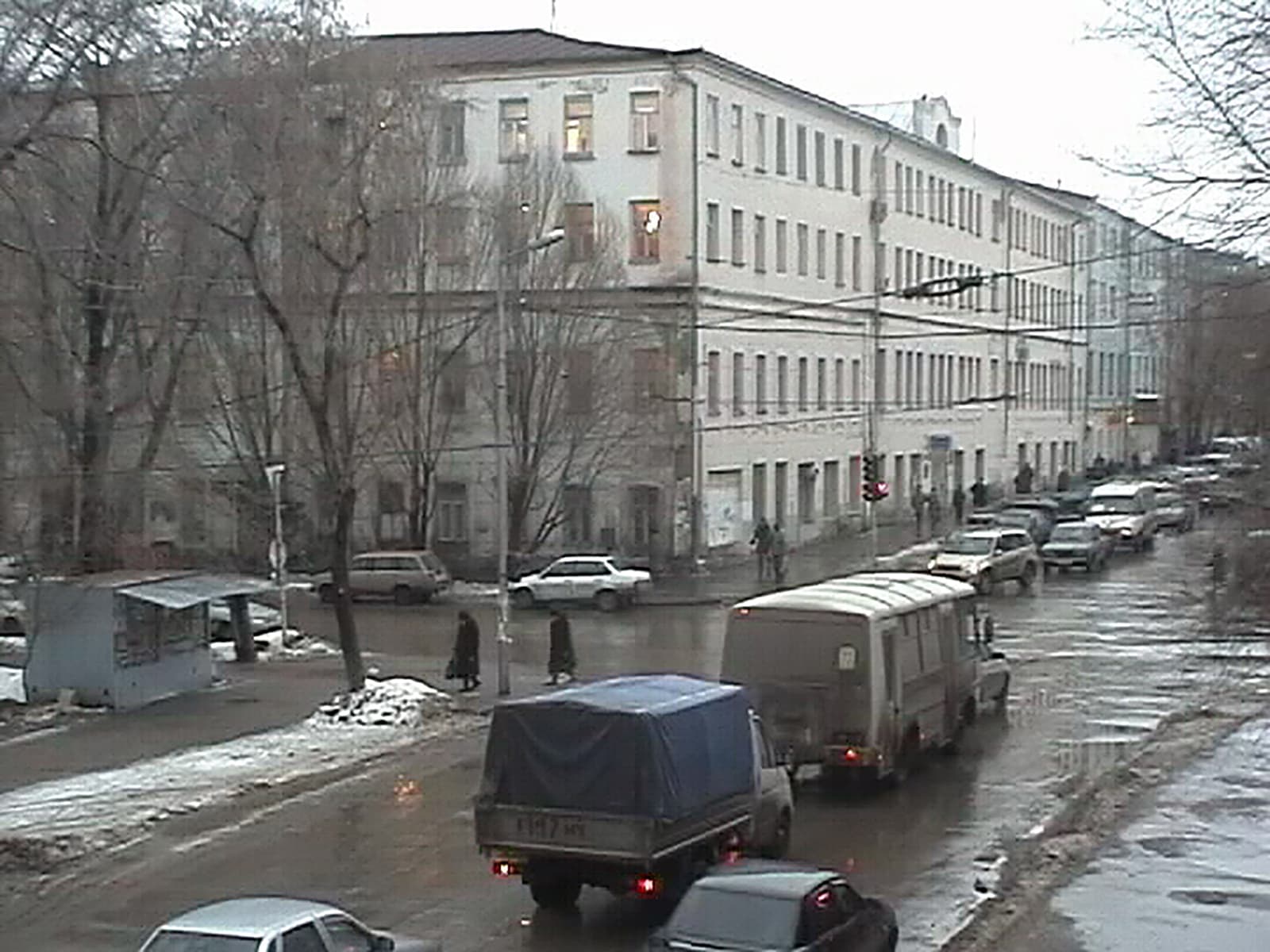
“Twilight”. 2005. MINIDV VIDEO. LOOP
Are you planning to do digital art, given the current realities and NFT? What do you think about digital tokens in general, behind which collectible digital images are hiding?
I do a lot of digital art. I draw a lot in digital; digital graphics, print painting and, of course, videos aren't going away. I think the NFT is just the beginning and we may see this industry blossom later on. But there is a specificity there: I believe it works well with digital objects rather than digitised objects of the physical world, paintings, etc. And, furthermore, it seems to me that these initially digital objects should be 'useful' to their possessor precisely within the digital environment, that is, not just as a registration of possession (which of course also matters), but as a real benefit in the digital environment from the possession of that art object. For example, like an author's super weapon in a computer game that only a few people have and that can be resold. The same can be imagined with luxury objects, which is what objects of art have traditionally been on the market. For example, you can imagine some kind of second life in a digital environment in which people also have something – skills, opportunities, tools, luxury goods – and this is where it could unfold 100%, it seems to me.
What art projects do you have planned for 2022?
I am now embarking on a new project about the city. Not so much about Moscow specifically, but about the city as a phenomenon, about the city as an organism, a place of our existence, a way of organising life space, the structure of our urban life, about the power that forces us to move in flows in certain directions and how it structures our lives, about the effect it has on people's minds, about everything that goes with it. About the methods we can use to construct our alternate paths and personalised maps. I see the city as a large inert creature, attached to the ground and spreading out, like a crystal mycelium in which colonies of organisms live. A crystalline system of crumbling and rebuilding structures, piles and pathways, populated by people and urban animals. I am also continuing to work on a book, which I hope will soon take its final form.
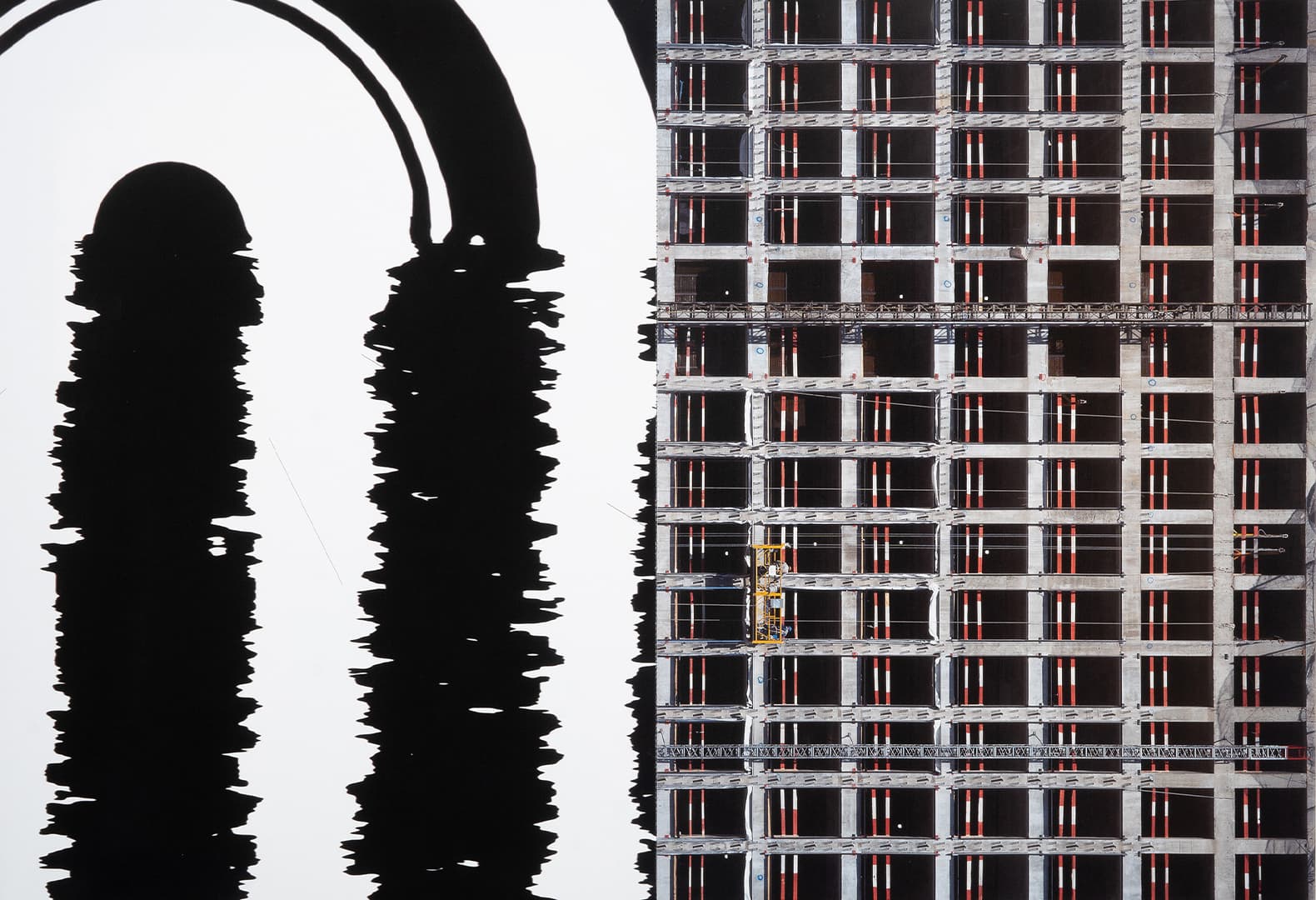
From the project “Vladimir Logutov's Open Workshop”, 2021. Canvas, digital graphics, inkjet printing. 70 cm x 100 cm

